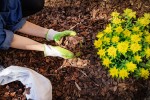Help Your Trees and Shrubs Beat the Heat
As the summer sun blazes, your trees and shrubs may struggle to withstand the intense heat. Prolonged exposure to high temperatures can stress your greenery, causing wilting, leaf scorch, death, and premature tree removal. However, the right care can help you maintain a lush yard even during the hottest days of the year. As a property owner, consulting the certified arborists from the Sesmas Tree Service can help you implement effective strategies to ensure your trees beat the heat. Here’s how you can ensure your greenery survives the summer.
Deep Watering
When temperatures increase above the usual, deep watering is crucial. Unlike shallow watering, which only covers the surface, deep watering ensures that moisture reaches the roots where it’s needed. Tree service professionals recommend watering trees and shrubs early in the morning or late in the evening to reduce evaporation and give the soil time to absorb the water. It is advisable to use a soaker hose or drip irrigation system to water the roots directly, minimizing waste and ensuring that every drop counts.
Mulching
Mulch is a protective layer for your plants, protecting roots from the harsh sun and holding moisture in the soil. A thick layer of organic mulch, such as wood chips or straw, conserves water and moderates soil temperature during hot spells. Spread mulch around the base of your trees and shrubs, but leave a small gap around the trunk to prevent rot. If you prefer a more hands-off approach, hire a tree care company in Jefferson to determine suitable mulch material and handle the application process.
Pruning
While it is tempting to prune damaged or excess branches during summer, it’s important to be cautious. Pruning can expose more of the plant to the sun, increasing its vulnerability to heat stress. Instead, focus on light pruning to remove dead or diseased branches and avoid heavy pruning and the subsequent problems like deterioration, death, and premature tree removal. This approach helps maintain the plant’s natural canopy, providing shade for its roots and reducing water loss through transpiration.
Shade Protection
In extreme heat, providing temporary shade for young or sensitive plants can be a lifesaver. Erecting shade cloth, netting, or even using patio umbrellas can protect your trees and shrubs from the sun’s direct rays. This is important for newly planted or vulnerable species that haven’t yet established deep root systems. Shade protection reduces the amount of stress on these plants, allowing them to cope better with the heat. If you notice signs of heat stress despite your efforts, consult a tree service professional for a more effective solution.
Fertilizing: Timing is Key
Fertilizing during the peak of summer can sometimes do more harm than good. High temperatures combined with fertilizer can lead to nutrient burn, damaging the roots and stressing the plant. Instead, apply fertilizer in the spring or fall when the weather is milder. If you must fertilize during summer, work with certified arborists to ensure you use the appropriate slow-release fertilizers. This provides a steady supply of nutrients without the risk of burning roots.
Monitoring: Stay Vigilant
Regular monitoring of your trees and shrubs is essential during heatwaves. You can also hire a tree care company to detect signs of heat stress, such as wilting, leaf drop, or scorched leaves. Early detection allows for early intervention before the damage becomes irreversible. Also, consider adjusting your watering schedule, increasing shade protection, or applying additional mulch if necessary. Being proactive can make all the difference in helping your plants survive the heat.
Summer heat can be tough on trees and shrubs, but with thoughtful care and attention, you can help them thrive despite the challenges. Contact us at the Sesmas Tree Service and schedule a consultation with professionals to implement these practices effectively. We provide tailored tree care services to preserve the beauty of your garden and support the health and vitality of your trees and shrubs for years.


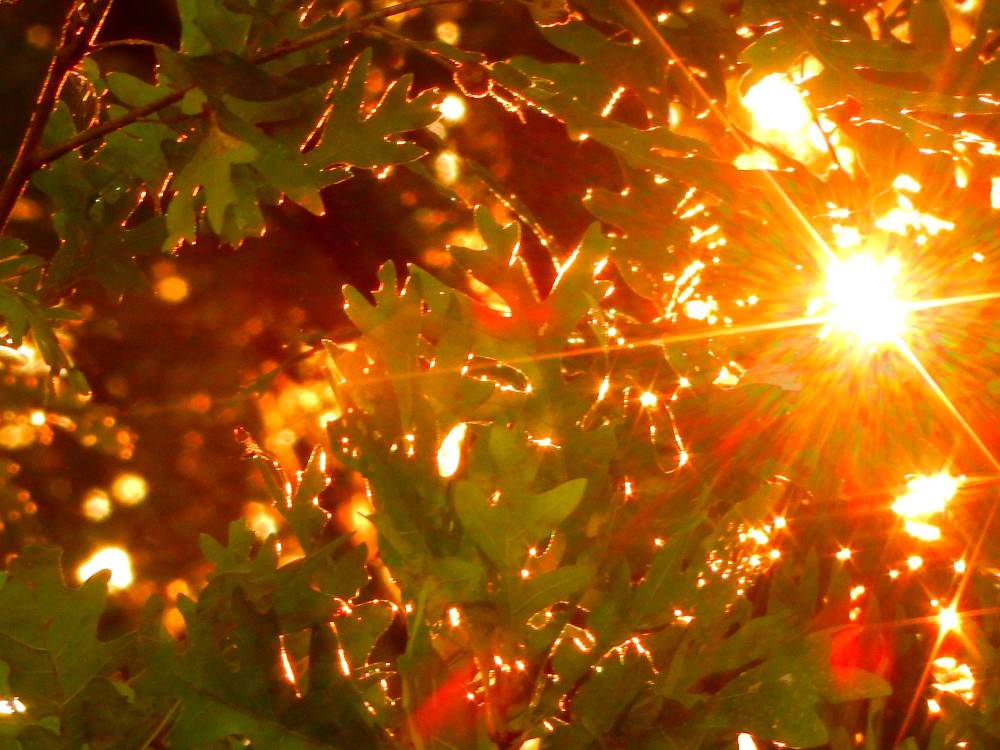
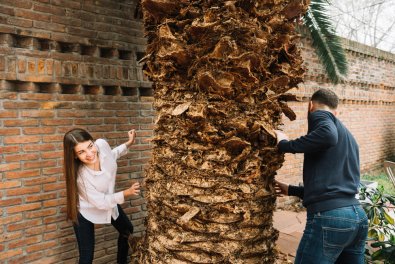

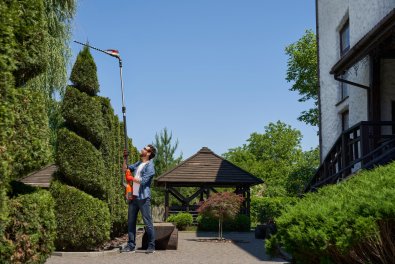
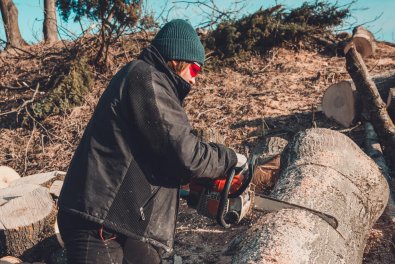
.jpg)



